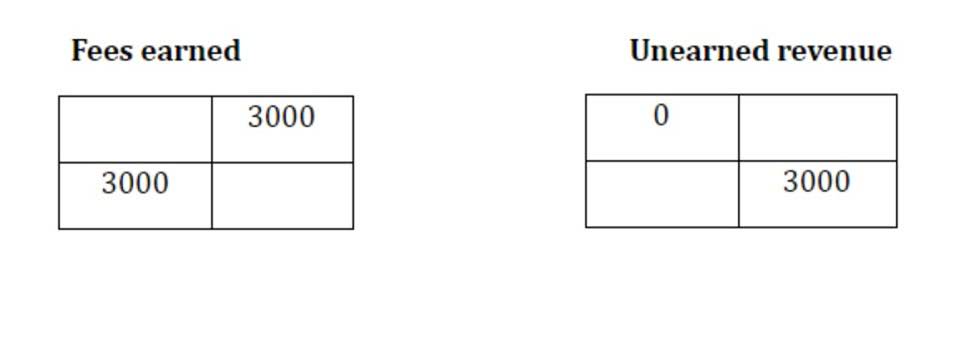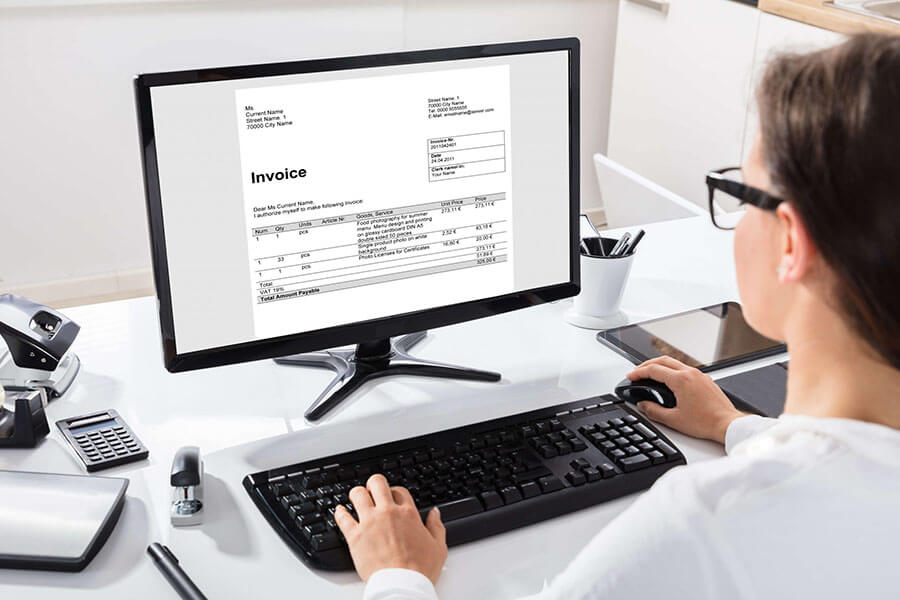
By adjusting the accounts receivable to reflect potential uncollectible amounts, businesses present a more realistic view of their financial health. This adjustment ensures that investors and stakeholders are not misled by inflated asset values, fostering greater transparency and trust. The allowance for doubtful accounts is a general ledger account that is used to estimate the amount of accounts receivable that will not be collected. A company uses this account to record how many accounts receivable it thinks will be lost.
Mailing Statements to Customers
The amount is reflected on a company’s balance sheet as “Allowance For Doubtful Accounts”, in the assets section, directly below the “Accounts Receivable” line item. As you can tell, there are a few moving parts when it comes to allowance for doubtful accounts journal entries. To make things easier to understand, let’s gross vs net go over an example of bad debt reserve entry.

Accounts Receivable Ratios

It’s an important part Law Firm Accounts Receivable Management of the overall AR process since it helps businesses develop a clear picture of their cash flow. When the Allowance for Doubtful Accounts account has a debit balance, it means that the original estimate did not match up with the reality of what happened with Bad Debts. Because it was an estimate, we can simply make a journal entry to true up the account.
Allowance for doubtful accounts journal entry
The aging of accounts receivable can also be used to estimate the credit balance needed in a company’s Allowance for Doubtful Accounts. For example, based on past experience, a company might make the assumption that accounts not past due have a 99% probability of being collected in full. Accounts that are 1-30 days past due have a 97% probability of being collected in full, and the accounts days past due have a 90% probability. The company estimates that accounts more than 60 days past due have only a 60% chance of being collected. With these probabilities of collection, the probability of not collecting is 1%, 3%, 10%, and 40% respectively.
- There are also downsides to having too small or too large of an allowance for doubtful accounts.
- It can also show you where you may need to make necessary adjustments (e.g., change who you extend credit to).
- To do this, increase your bad debts expense by debiting your Bad Debts Expense account.
- For example, interest earned by a manufacturer on its investments is a nonoperating revenue.
- The income statement is also referred to as the profit and loss statement, P&L, statement of income, and the statement of operations.
- The aging of accounts receivable report helps management monitor and collect the accounts receivable in a more timely manner.

A company selling merchandise on credit will record these sales in a Sales account and in an Accounts Receivable account. As we have mentioned above, company has two options when recording bad debt expense, which is the direct write-off and allowance method. The company will realize its expense when the customer declares bankruptcy, which is too late to recognize a loss in the income statement. Moreover, it will hit the bottom line of the company’s financial statement. You may notice that all three normal balance of allowance for doubtful accounts methods use the same accounts for the adjusting entry; only the method changes the financial outcome. Also note that it is a requirement that the estimation method be disclosed in the notes of financial statements so stakeholders can make informed decisions.
- (The buyer will record freight-in and the seller will not have any delivery expense.) With terms of FOB shipping point the title to the goods usually passes to the buyer at the shipping point.
- As a result these items are not reported among the assets appearing on the balance sheet.
- The outstanding balance of $2,000 that Craft did not repay will remain as bad debt.
- You may notice that all three methods use the same accounts for the adjusting entry; only the method changes the financial outcome.
- In many different aspects of business, a rough estimation is that 80% of account receivable balances are made up of a small concentration (i.e. 20%) of vendors.
- This technique involves applying a predetermined percentage to the total credit sales of a period to estimate the allowance for doubtful accounts.
This means the amount is due in 30 days; however, if the amount is paid in 10 days a discount of 2% will be permitted. This computation estimates the balance needed for Allowance for Doubtful Accounts at August 31 to be a credit balance of $8,585. The general ledger account Accounts Receivable usually contains only summary amounts and is referred to as a control account. The details for the control account—each credit sale for every customer—is found in the subsidiary ledger for Accounts Receivable. The total amount of all the details in the subsidiary ledger must be equal to the total amount reported in the control account.

Credit Terms with Discounts
On 01 Jan 202X, the company makes selling on the credit of $ 50,000 from many customers. Let’s consider a situation where BWW had a $20,000 debit balance from the previous period. So far, we have used one uncollectibility rate for all accounts receivable, regardless of their age. However, some companies use a different percentage for each age category of accounts receivable. When accountants decide to use a different rate for each age category of receivables, they prepare an aging schedule.
